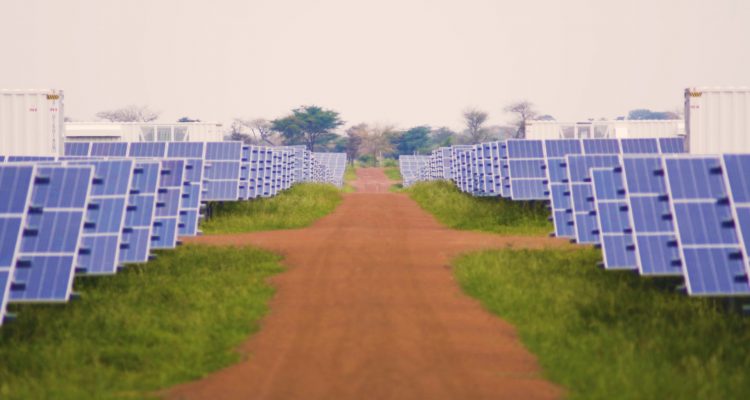Renewable energies. They represent one of the most important challenges in the world, at a time when environmental issues are harming fossil fuels more than ever. But still, they represent great opportunities for anyone wishing to get into this still little or underexploited sector.
International organizations and governments are taking the lead in implementing projects that will not only ensure the supply of energy, but also reduce their ecological footprint. Let’s take a look at what is being done in Africa, regarding major renewable energy projects.
The Desert to Power Initiative (DtP)
64% of the Sahelian population lives without electricity. It’s quite paradoxical to think that the sunniest parts of the world do not have access to electricity. One billion dollars for the deployment of nearly 1,000 GW of solar energy by 2030, such is the bet launched by the UN. This bet motivated more in the sense that several projects were born as a result of this one.
The African Development Bank (AfDB) has taken on the challenge of turning Africa into a renewable energy powerhouse. This initiative is called: “Desert to Power Initiative”. It will span the entire Sahel region, harnessing the region’s abundant solar resources. Thus, by 2025, DtP will provide 10 GW of solar energy, powering 250 million people.
Several million people are thus expected to emerge from energy poverty. This action is a step forward for the economic and social development of Africa. It is quite clear that a life without electricity has serious consequences not only on education, but also on health and business.
The 19 projects that the African Renewable Energy Initiative will finance
During its board of directors, the African Renewable Energy Initiative selected 19 projects that it wants to see funded by its partners. Among these projects we can mention:
- A rural electrification program powered by micro-hydroelectricity in Guinea (10 MW),
- Solar power plants in Benin (Onigbolo, 25 MW), Niger (Agadez, 13 MW, Gourou Banda, 30 MW),
- Transmission lines (Mali) and interconnection (Ghana and Ivory Coast),
Supporting these projects for the African Initiative corresponds to making its contribution to the installation of 10 GW of renewable energy in Africa by 2020.
Egypt: 61,000 MW by 2035
Last December, Egypt adopted an integrated and sustainable strategic plan to diversify the energy mix, with the aim of ensuring a secure supply to the country. It therefore aims to produce 42% of its electricity from renewable energies. Egypt is thus targeting a renewable energy production capacity of 61,000 MW distributed as follows:
- Solar energy: 31,000 MW
- Wind energy: 18,000 MW
- Concentrated solar energy: 12,000 MW
As a reminder, its current production capacity is 5,500 MW (2,800 MW of hydroelectricity, and 2,700 MW of wind and solar energy). This project is therefore a great challenge for her! In addition, the Benban solar complex, commissioned in 2019, is also considered a flagship project in the country. With a production capacity of 1,650 MW (1.65 GW), it is made up of 32 solar power plants, making it the largest solar complex in the world to date.
South Africa’s “1,001 projects”
South Africa is investing more and more in renewable energies. It thus wishes to develop solar and wind energy. Last December, South Africa unveiled its new 10-year energy strategy called the Integrated Resource Plan (IRP). By 2030, it wants to allocate at least 6 GW of solar power on a large scale, bringing the country’s production capacity to 8.28 GW. While retaining 43% of its production from coal.
Kathu Solar Park solar power plant
Ultimately, this plant will reach a capacity of 100 MW. It will thus consist of at least 240 hectares of parabolic mirrors. It will be of great support in the momentum of South Africa’s transition to an energy mix.
Many ongoing solar and wind projects
After these dozens of projects (which will be financed by the private sector), South Africa hopes to obtain renewable energy production capacity in addition to about 2,300 MW.
All of these renewable energy projects have the sole purpose of reducing South Africa’s dependence on coal. It wants to reduce its consumption of coal in the production of electricity by 65%, knowing that it is currently 90%.
Africa not only realizes the value of its renewable energy potential, but it no longer hesitates to invest in it body and soul. In addition, the support, both financial and technical, of institutions as much African (ADB) as Western (UN) is a significant plus. With projects which in some countries are / will be financed by the private sector, it would be fashionable to seize the opportunity “on the fly”. What do you think ?


Leave a Reply